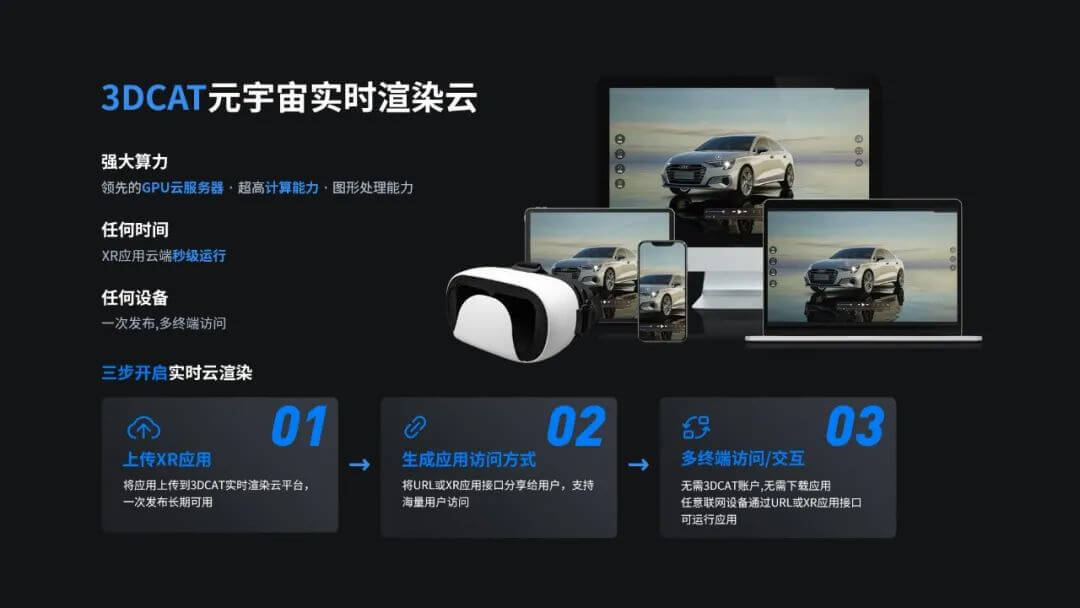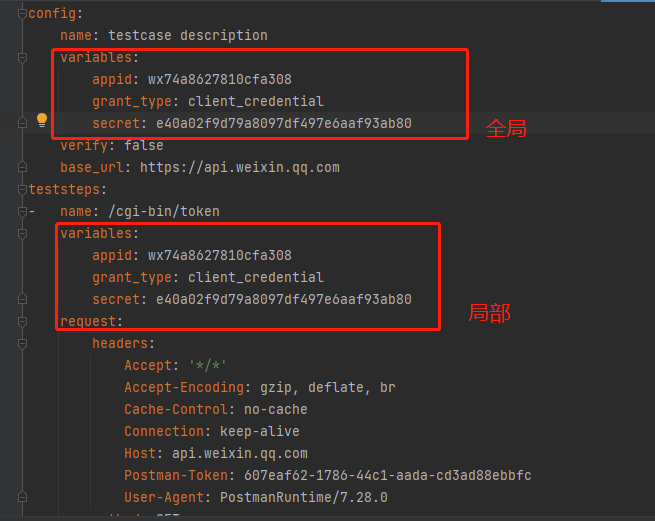1、class_index.csv文件:
ID,English,Chinese
0,A,你
1,B,我
2,C,他
3,D,她
2、classification.onnx
3、单张图像处理代码如下:
import onnxruntime
import torch
import torch.nn.functional as F
import pandas as pd
from PIL import Image
from torchvision import transforms
import matplotlib.pyplot as plt
def predict_class(model_path, image_path, class_index_path, top_n=1):
# Load the ONNX model and create an ONNX Runtime inference session
ort_session = onnxruntime.InferenceSession(model_path, providers=['CUDAExecutionProvider'])
# Load the test image and apply transformations
img_pil = Image.open(image_path).convert('RGB')
test_transform = transforms.Compose([
transforms.Resize(256),
transforms.CenterCrop(224),
transforms.ToTensor(),
transforms.Normalize([0.485, 0.456, 0.406],
[0.229, 0.224, 0.225])
])
input_img = test_transform(img_pil)
input_tensor = input_img.unsqueeze(0).numpy()
# Perform inference
ort_inputs = {'input': input_tensor}
pred_logits = ort_session.run(['output'], ort_inputs)[0]
pred_logits = torch.tensor(pred_logits)
# Apply softmax to get class probabilities
pred_softmax = F.softmax(pred_logits, dim=1)
# Load the class index mapping
df = pd.read_csv(class_index_path)
idx_to_labels = {row['ID']: row['English'] for idx, row in df.iterrows()}
# idx_to_labels = {row['ID']: row['Chinese'] for idx, row in df.iterrows()}
# Get the top predicted classes and their confidence scores
top_n_results = torch.topk(pred_softmax, top_n)
pred_ids = top_n_results.indices.numpy()[0]
confs = top_n_results.values.numpy()[0]
# Translate class IDs to class names
predicted_classes = [idx_to_labels[class_id] for class_id in pred_ids]
# Create a list of class names and their corresponding confidence scores
results = []
for i in range(top_n):
class_name = predicted_classes[i]
confidence = confs[i] * 100
results.append((class_name, confidence))
return results,img_pil
if __name__ == '__main__':
model_path = 'classification.onnx'
image_path = 'E:/Python_Project/classification/21t1Gdxsagittal0143.png'
class_index_path = 'class_index.csv'
top_n = 1 # Adjust the number of top predictions you want
predictions,img = predict_class(model_path, image_path, class_index_path, top_n)
for class_name, confidence in predictions:
text = class_name + ': {:.3f}%'.format(confidence)
print(text)
# Display the image input
plt.rcParams['font.sans-serif'] = 'SimHei' # 黑体
plt.figure(figsize=(6,6))
plt.imshow(img)
plt.axis('off')
# add the predicted class and confidence as a title
class_name, confidence = predictions[0]
title_text = f'Predicted Class: {class_name}\nAccuracy: {confidence:.3f}%'
plt.title(title_text)
plt.show()
4、批量图像处理代码如下:
import onnxruntime
import pandas
import torch
from PIL import Image
import os
from torchvision import transforms
import torch.nn.functional as F
import matplotlib.pyplot as plt
def batch_prediction(model_path,class_index_path,top_n,input_folder,output_folder):
# 列出输出文件夹所有图片
input_files=os.listdir(input_folder)
# print(input_files)
# 针对每个文件进行处理
for input_file in input_files:
# 构建一个完整的路径
input_file_path=os.path.join(input_folder,input_file)
# 打开图像并转换成RGB格式
img_pil=Image.open(input_file_path).convert('RGB')
# print(image)
# 图像预处理
test_transform = transforms.Compose([
transforms.Resize(256),
transforms.CenterCrop(224),
transforms.ToTensor(),
transforms.Normalize([0.485, 0.456, 0.406],
[0.229, 0.224, 0.225])
])
input_img=test_transform(img_pil)
# 增加维度
input_tensor=input_img.unsqueeze(0).numpy()
# print(input_tensor.shape)
# 加载ONNX模型并创建onnx_runtime推理
ort_session = onnxruntime.InferenceSession(model_path, providers=['CUDAExecutionProvider'])
# print(ort_session)
# 平台推理
ort_inputs={'input':input_tensor}
pre_logits=ort_session.run(['output'],ort_inputs)[0]
pre_logits=torch.Tensor(pre_logits)
# print(pre_logits)
# 应用softmax去做类别预测
pred_softmax=F.softmax(pre_logits,dim=1)# dim=1 按行进行归一化
# print(pred_softmax)
# 加载类别索引
df=pandas.read_csv(class_index_path)
# print(df)
idx_to_labels={row['ID'] : row['English'] for idx, row in df.iterrows()}
# 去得到准确率和得分
top_n_results=torch.topk(pred_softmax,top_n)
# print(top_n_results)
pred_ids=top_n_results.indices.numpy()[0]# 得到id
# print(pred_ids)
confs=top_n_results.values.numpy()[0]# 得到分数 numpy格式
# print(type(confs))
# 预测类别
predicted_class=[idx_to_labels[class_id] for class_id in pred_ids]#列表格式
# print(predicted_class)
# 输出类别和相应的得分
# print(predicted_class,confs)
for i in range(top_n):
class_name=predicted_class[i]
confidence=confs[i]*100
plt.rcParams['font.sans-serif'] = 'SimHei' # 黑体中文字体
plt.imshow(img_pil)#
plt.axis('off')#
title_text = f'Predicted Class: {class_name}\nAccuracy: {confidence:.3f}%'
plt.title(title_text)
print(title_text)
# 确保输出文件夹存在,如果不存在则创建
if not os.path.exists(output_folder):
os.makedirs(output_folder)
# 构建输出文件夹的完整路径并保存绘制的图像
plot_output_file = os.path.join(output_folder,input_file)
plt.savefig(plot_output_file, bbox_inches='tight', pad_inches=0.1) # 保存绘制的图像
plt.close() # 关闭当前绘图以便处理下一个图像
if __name__ == '__main__':
model_path='classification.onnx'
class_index_path='class_index.csv'
top_n=1
input_folder="C:/Users/XUB/Desktop/A"
output_folder="C:/Users/XUB/Desktop/B"
batch_prediction(model_path,class_index_path,top_n,input_folder,output_folder)





